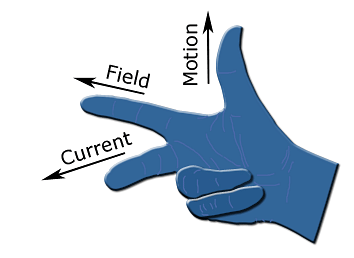EmSAT Achieve Exam > EmSAT Achieve Tests > Test: Magnetism - EmSAT Achieve MCQ
Test: Magnetism - EmSAT Achieve MCQ
Test Description
10 Questions MCQ Test - Test: Magnetism
Test: Magnetism for EmSAT Achieve 2024 is part of EmSAT Achieve preparation. The Test: Magnetism questions and answers have been prepared
according to the EmSAT Achieve exam syllabus.The Test: Magnetism MCQs are made for EmSAT Achieve 2024 Exam.
Find important definitions, questions, notes, meanings, examples, exercises, MCQs and online tests for Test: Magnetism below.
Solutions of Test: Magnetism questions in English are available as part of our course for EmSAT Achieve & Test: Magnetism solutions in
Hindi for EmSAT Achieve course.
Download more important topics, notes, lectures and mock test series for EmSAT Achieve Exam by signing up for free. Attempt Test: Magnetism | 10 questions in 10 minutes | Mock test for EmSAT Achieve preparation | Free important questions MCQ to study for EmSAT Achieve Exam | Download free PDF with solutions
Detailed Solution for Test: Magnetism - Question 1
Test: Magnetism - Question 2
How many of the following materials can be attracted by a magnet?
- Plastic
- Carbon
- Aluminium
- Stainless Steel
Select the correct answer using the code given below:
Detailed Solution for Test: Magnetism - Question 2
| 1 Crore+ students have signed up on EduRev. Have you? Download the App |
Test: Magnetism - Question 3
In Fleming's left rule, the middle finger represents ________________.
Detailed Solution for Test: Magnetism - Question 3
Test: Magnetism - Question 4
What does the forefinger indicate in the Fleming's right hand rule?
Detailed Solution for Test: Magnetism - Question 4
Detailed Solution for Test: Magnetism - Question 5
Detailed Solution for Test: Magnetism - Question 6
Detailed Solution for Test: Magnetism - Question 7
Test: Magnetism - Question 8
A natural magnet is an ore of which of the following chemical compound?
Detailed Solution for Test: Magnetism - Question 8
Test: Magnetism - Question 9
When an electric current passes through a solenoid, it acts as a/an_______.
Detailed Solution for Test: Magnetism - Question 9
Detailed Solution for Test: Magnetism - Question 10
Information about Test: Magnetism Page
In this test you can find the Exam questions for Test: Magnetism solved & explained in the simplest way possible.
Besides giving Questions and answers for Test: Magnetism, EduRev gives you an ample number of Online tests for practice
Download as PDF


















